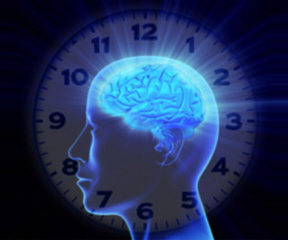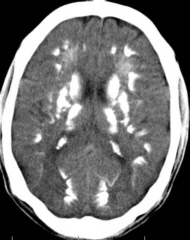.gif) VIARTIS
|
|||||||||
|
PARKINSON'S DISEASE |
|||||||||
|
|
|||||||||
|
|
PARKINSON'S DISEASE NEWS
|
|
|||||||
|
JUNE 2014
29th June 2014 - New research
COMPARISON OF L-DOPA, AGONISTS AND MAO INHIBITORS Whether the initial treatment for Parkinson's disease should consist of L-dopa, dopamine agonists, or MAO B inhibitors is uncertain. So researchers aimed to establish which of these three classes of drug, as initial treatment, provided the most effective long-term control of symptoms and best quality of life for people with early Parkinson's Disease.
People
newly diagnosed with Parkinson's disease were randomly assigned between the
use of L-dopa, dopamine agonists and MAO B inhibitors. After three years
PDQ-39 mobility scores averaged 1�8 points better in people assigned to
L-dopa. PDQ-39 mobility scores were 1�4 points better in people assigned to
MAO B inhibitors when compared to those taking dopamine agonists. L-dopa was
not significantly advantageous for EQ-5D utility scores, dementia,
admissions to institutions, and death rates. Treatments were discontinued in
28% of those taking dopamine agonists, 23% of those taking MAOB inhibitors,
but only 2% of those taking L-dopa.
21st June 2014 - New research
CIRCADIAN RHYTHMS IN PARKINSONS' DISEASE People with Parkinson's Disease have been found to have blunted circadian rhythms. Circadian rhythms are the alterations of endocrine functions that take place in a regulated manner over a roughly 24 hour period. The pineal gland produces melatonin, which is a hormone that regulates the circadian rhythms. For more information go to Circadian rhythms
9th June 2014 - New research FAHR'S SYNDROME IS A CAUSE OF PARKINSON'S DISEASE Journal of the College of Physicians and Surgeons - Pakistan [2014] 24 (5) : S104-S106 (N.Dildar, H.Akram, I.M.Qasmi, M.N.Qureshi, S.Khan) Complete abstract Fahr's Syndrome is a rare inherited neurological disorder that can present with a wide spectrum of symptoms, including those of Parkinson's Disease. It is characterised by abnormal deposits of calcium in areas of the brain that control movement, including the basal ganglia and the cerebral cortex. For more information go to Fahr's Syndrome
More common symptoms of Fahr's Syndrome include dystonia (disordered muscle tone) and chorea (involuntary, rapid, jerky movements). The age of onset of Fahr's Syndrome is typically in the 40s or 50s, which is similar to Parkinson's Disease, although it can also occur at any time in childhood or adolescence. Due to the possible similarity of symptoms to those of Parkinson's Disease, Fahr's Syndrome should be considered as an important differential diagnosis in cases of Parkinsonism. In order to refer to this article on its own click here
|
|||||||||
.gif) |
|||||||||
| �2006-2014 Viartis | |||||||||
| [email protected] | |||||||||
 T
T